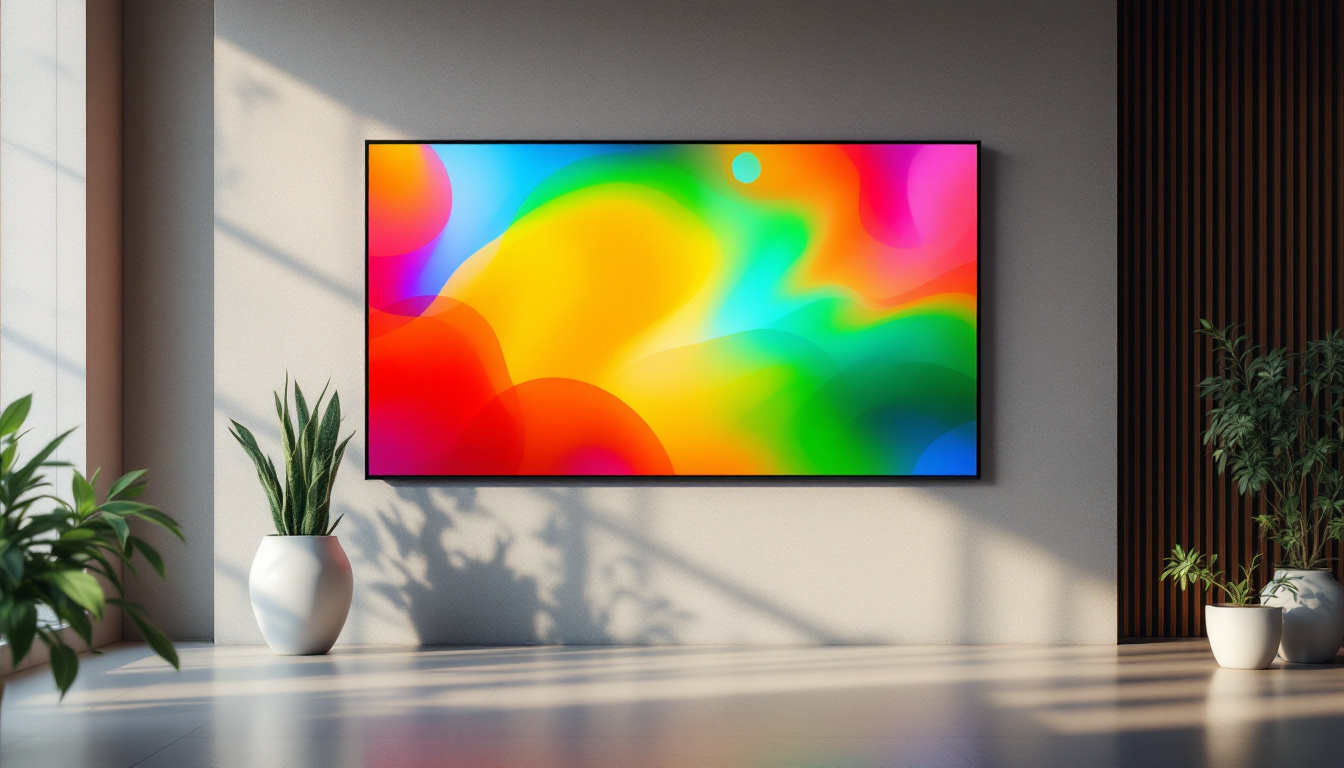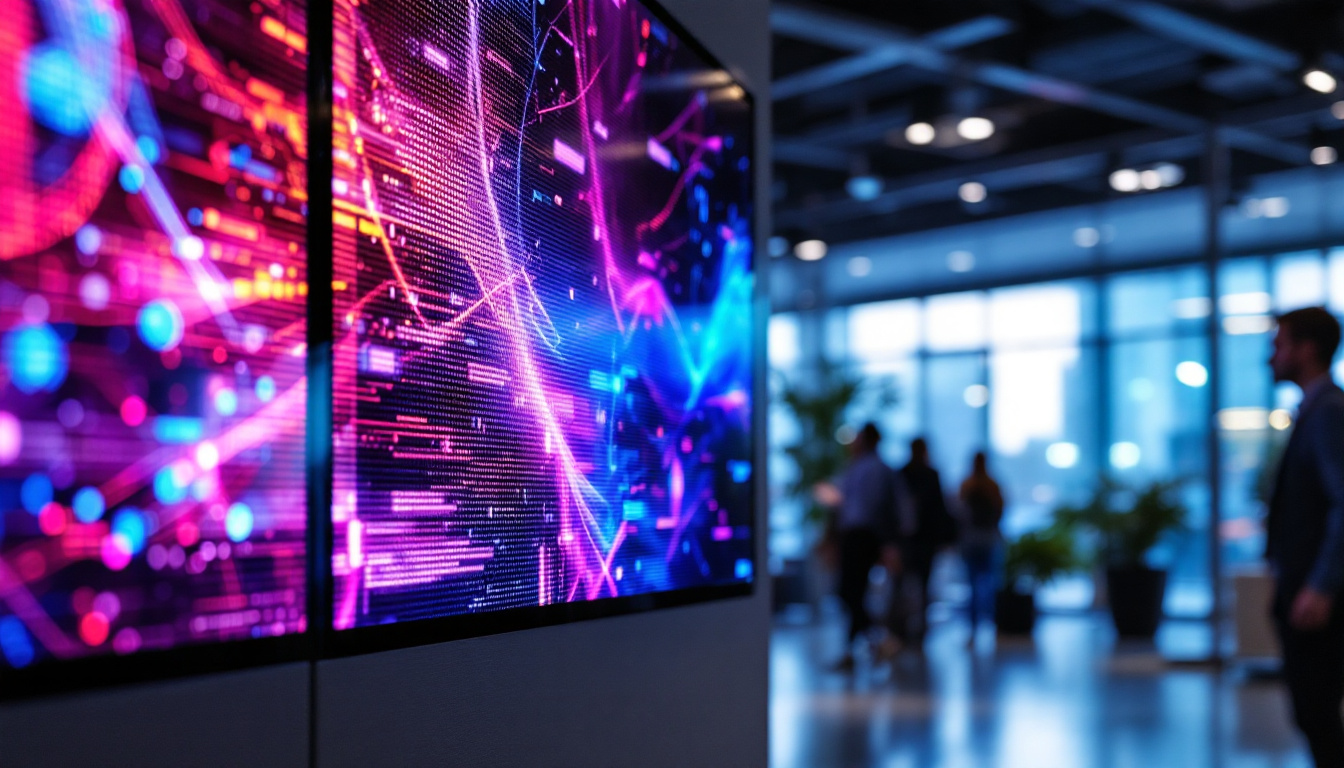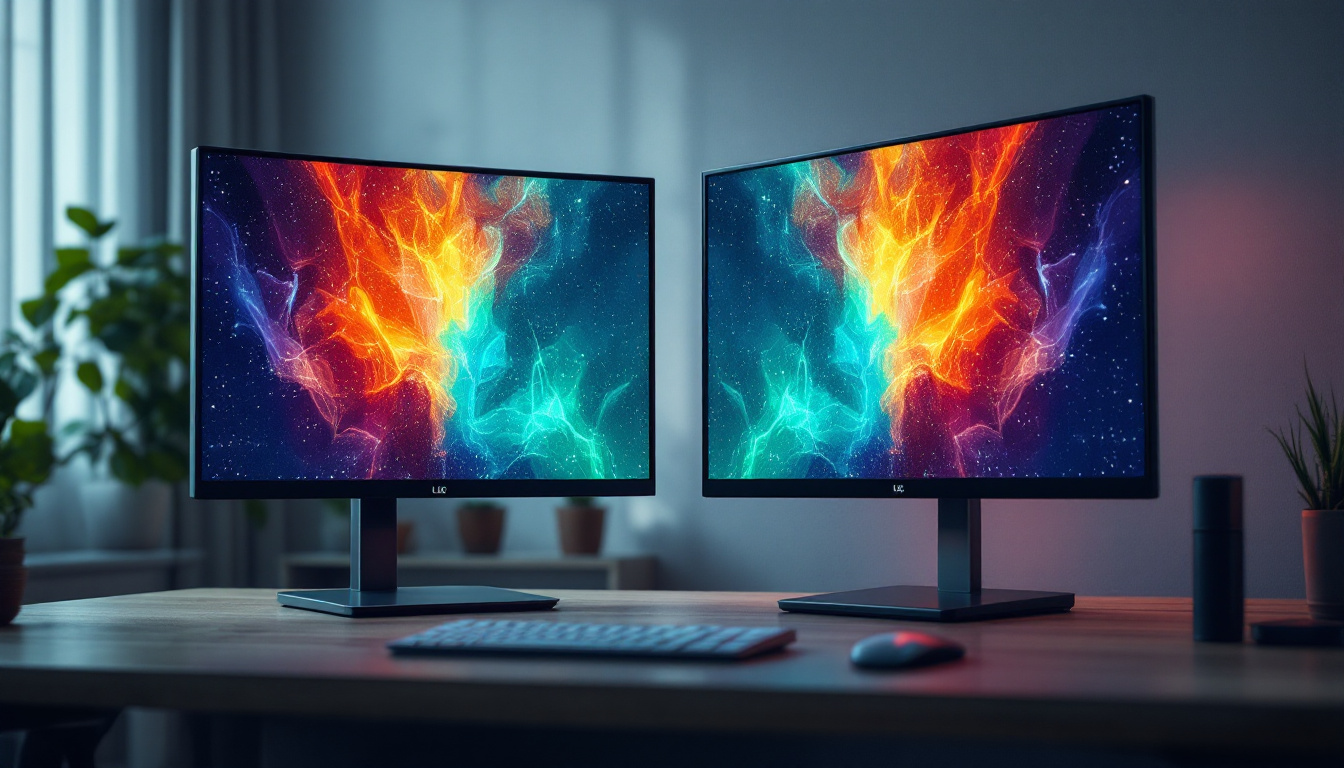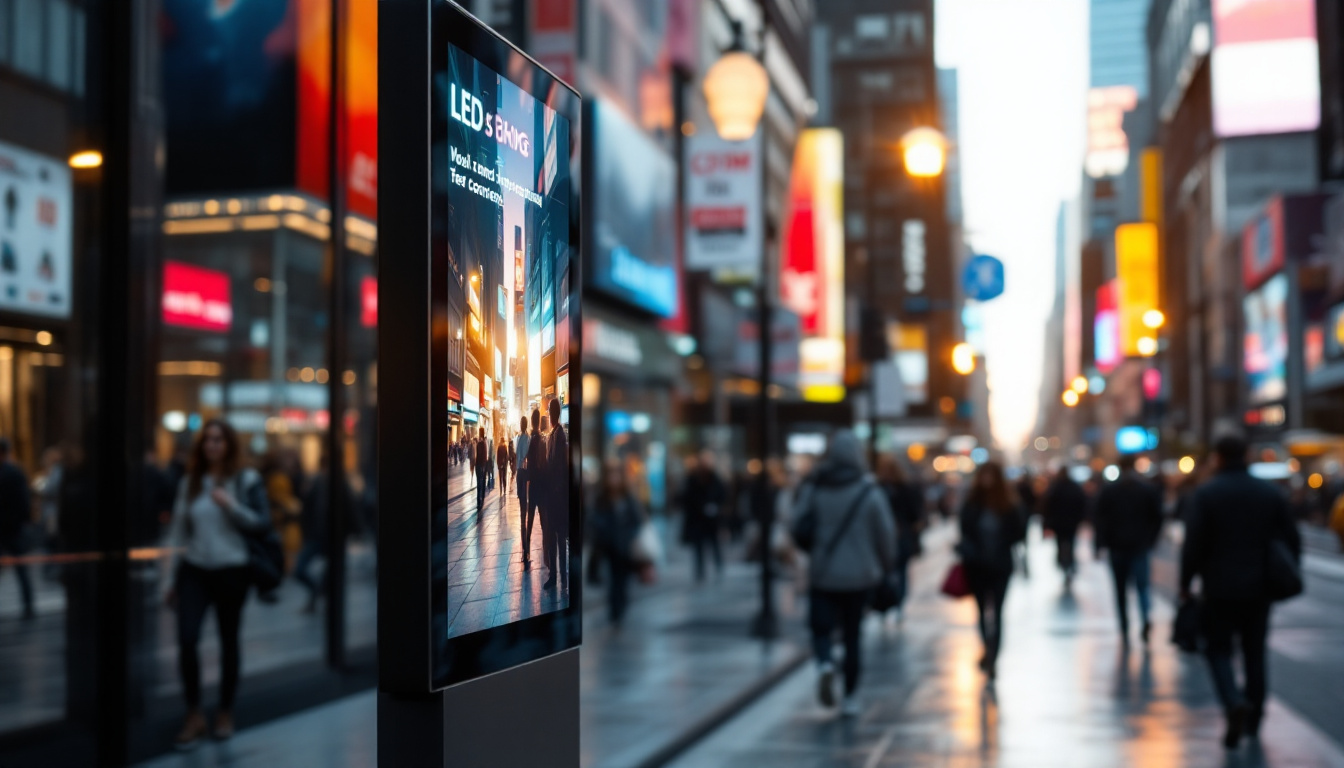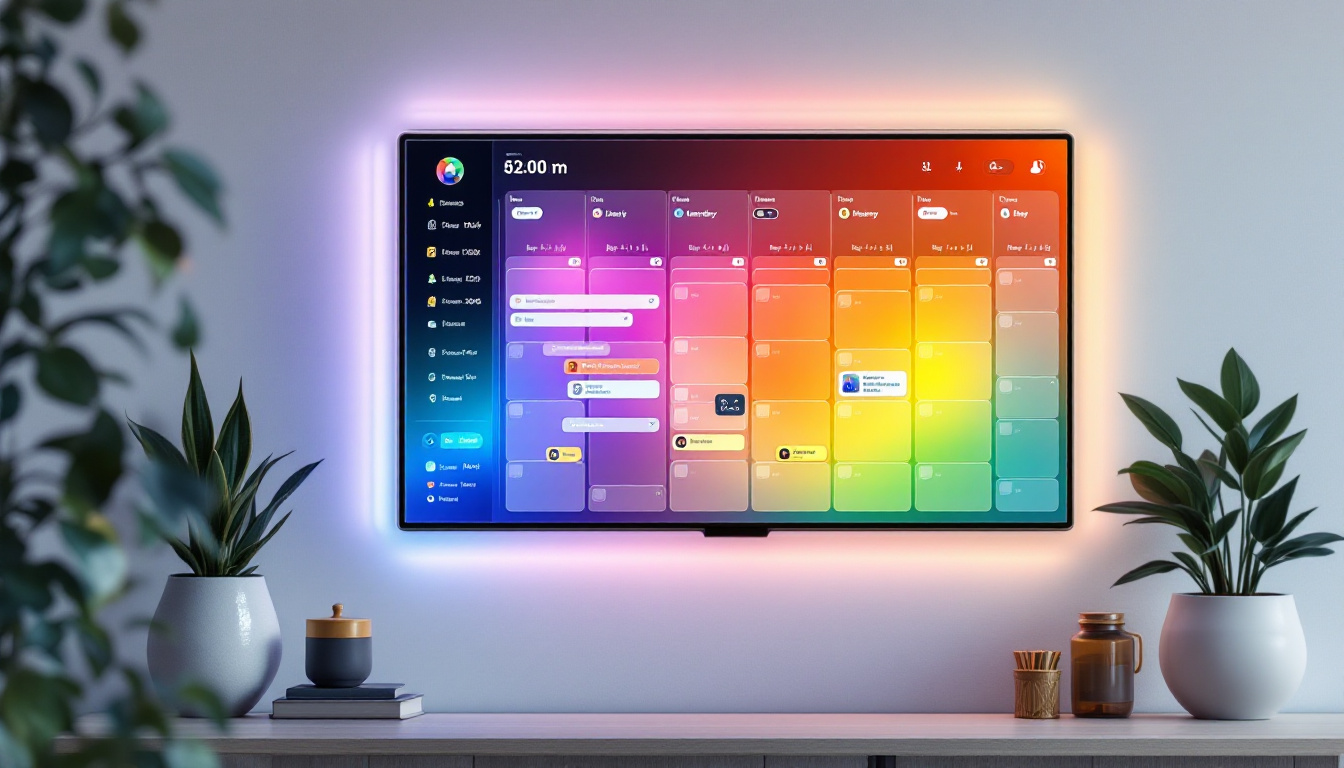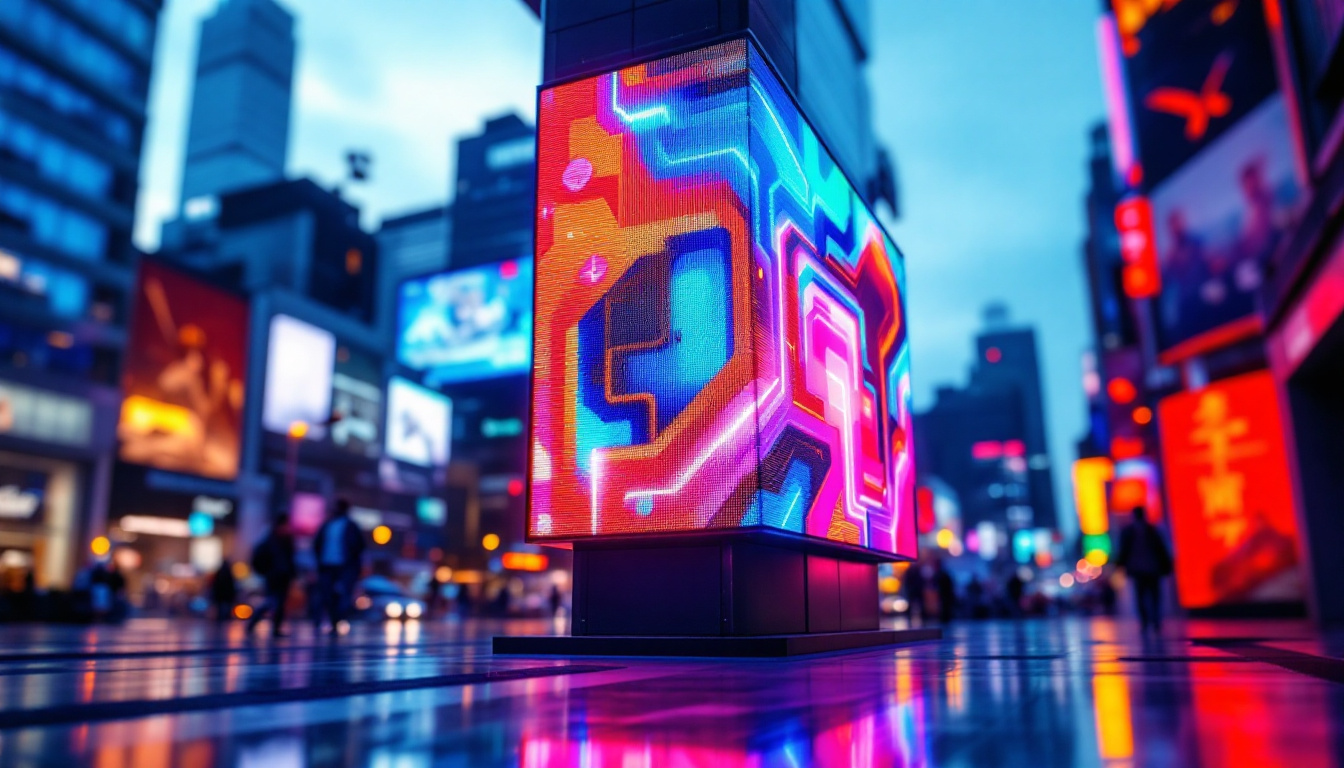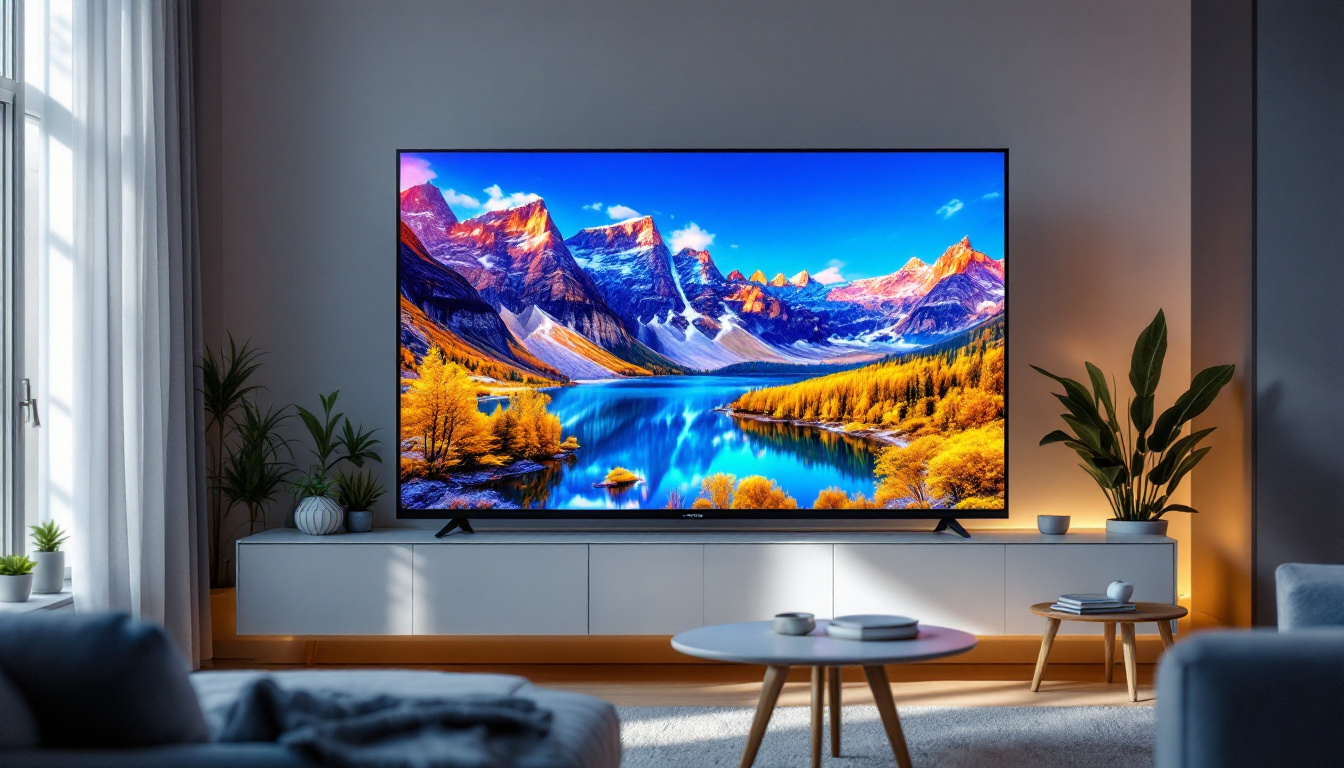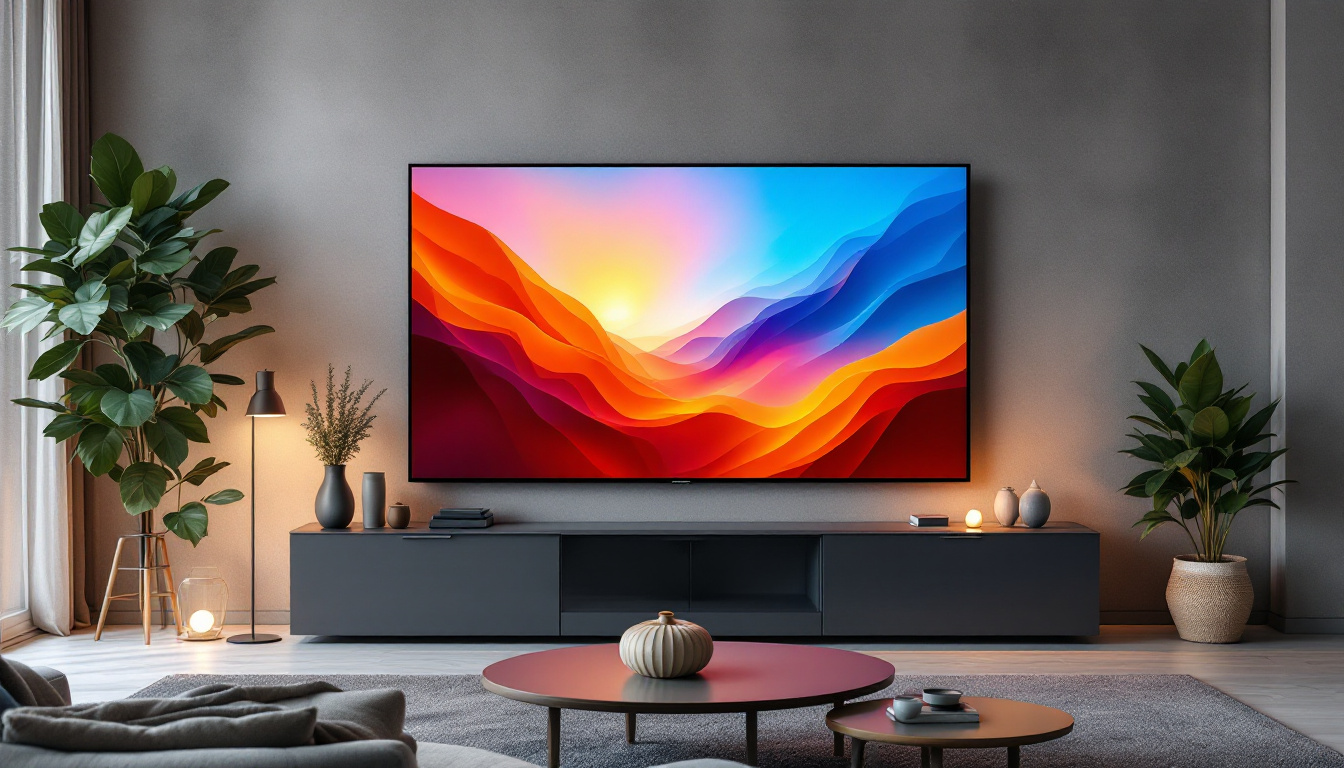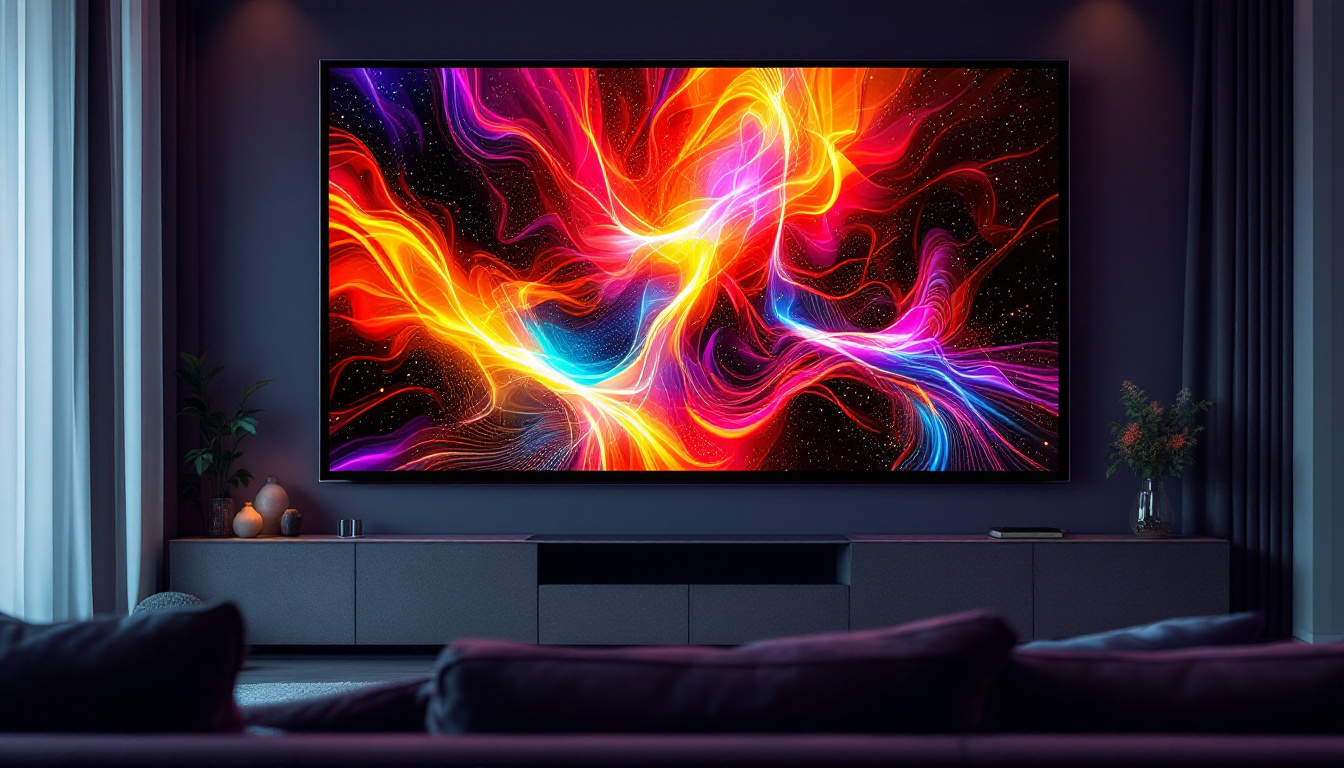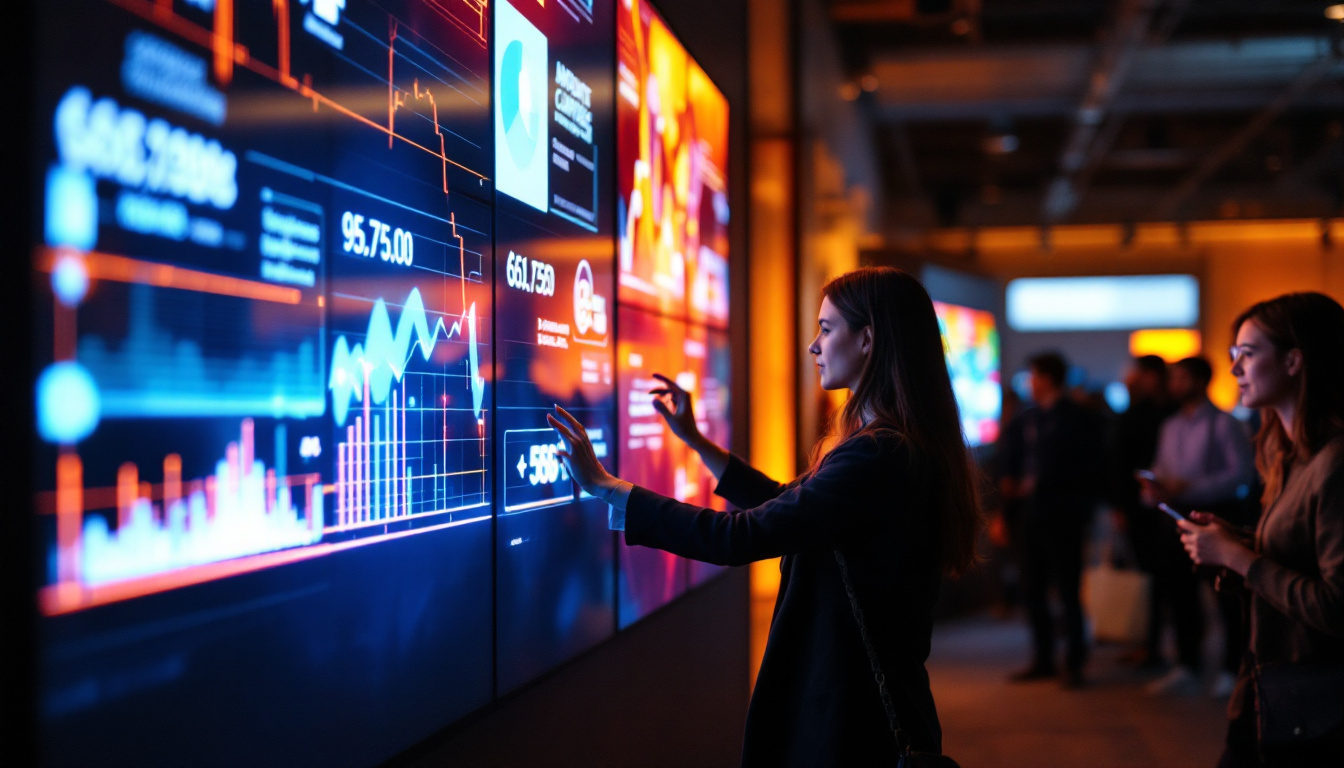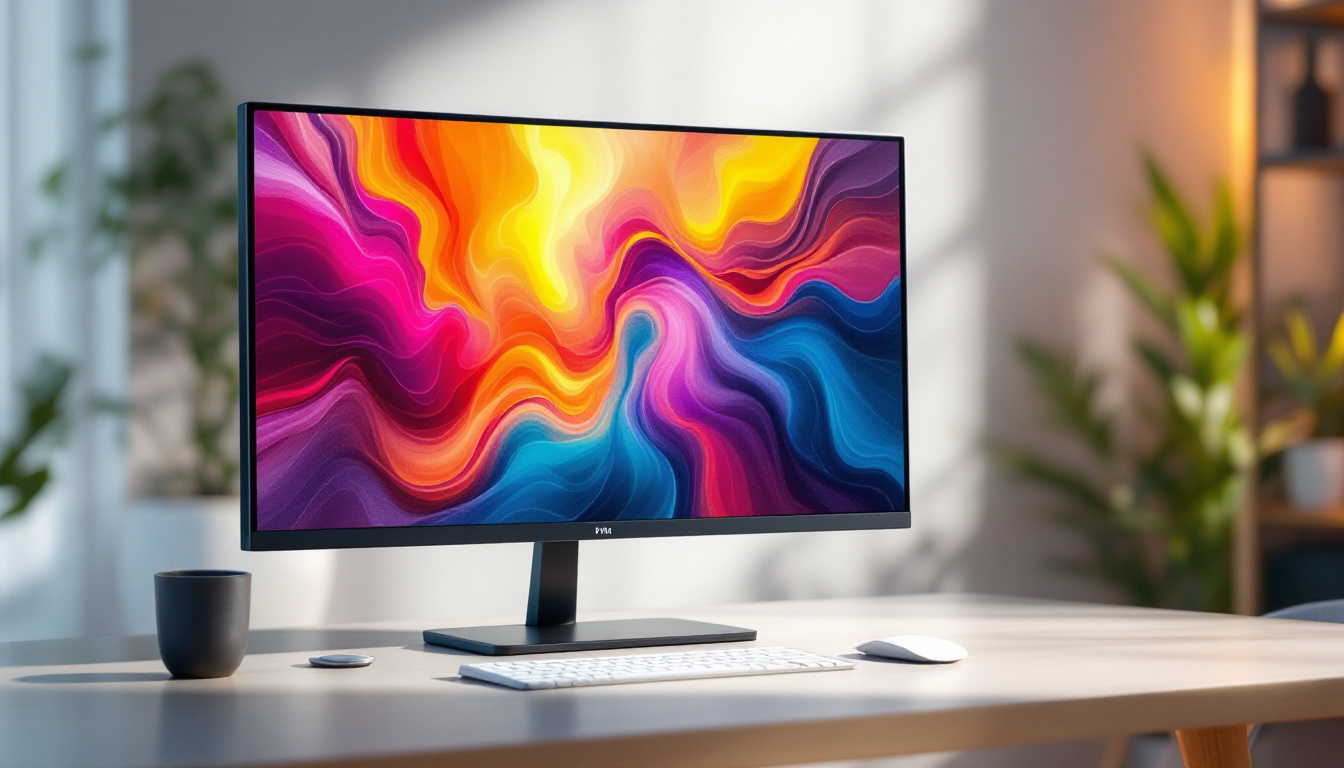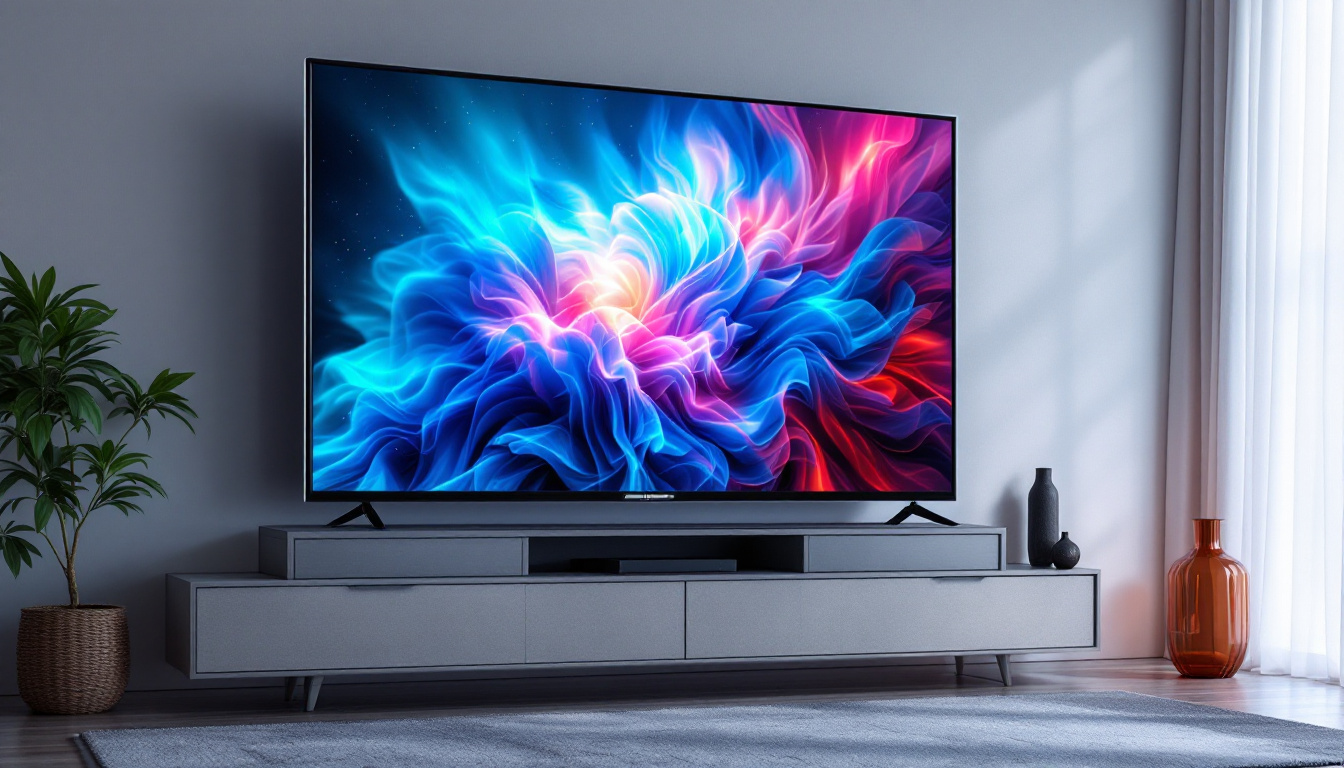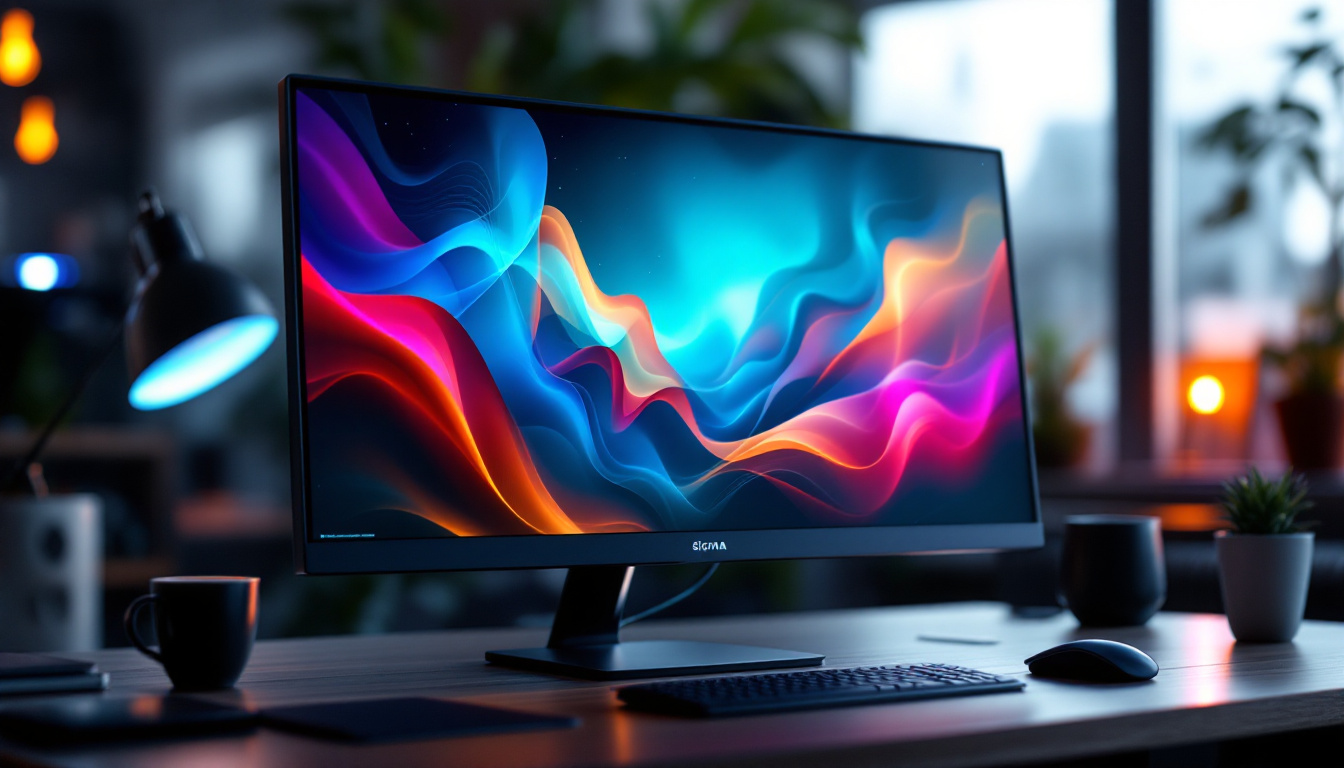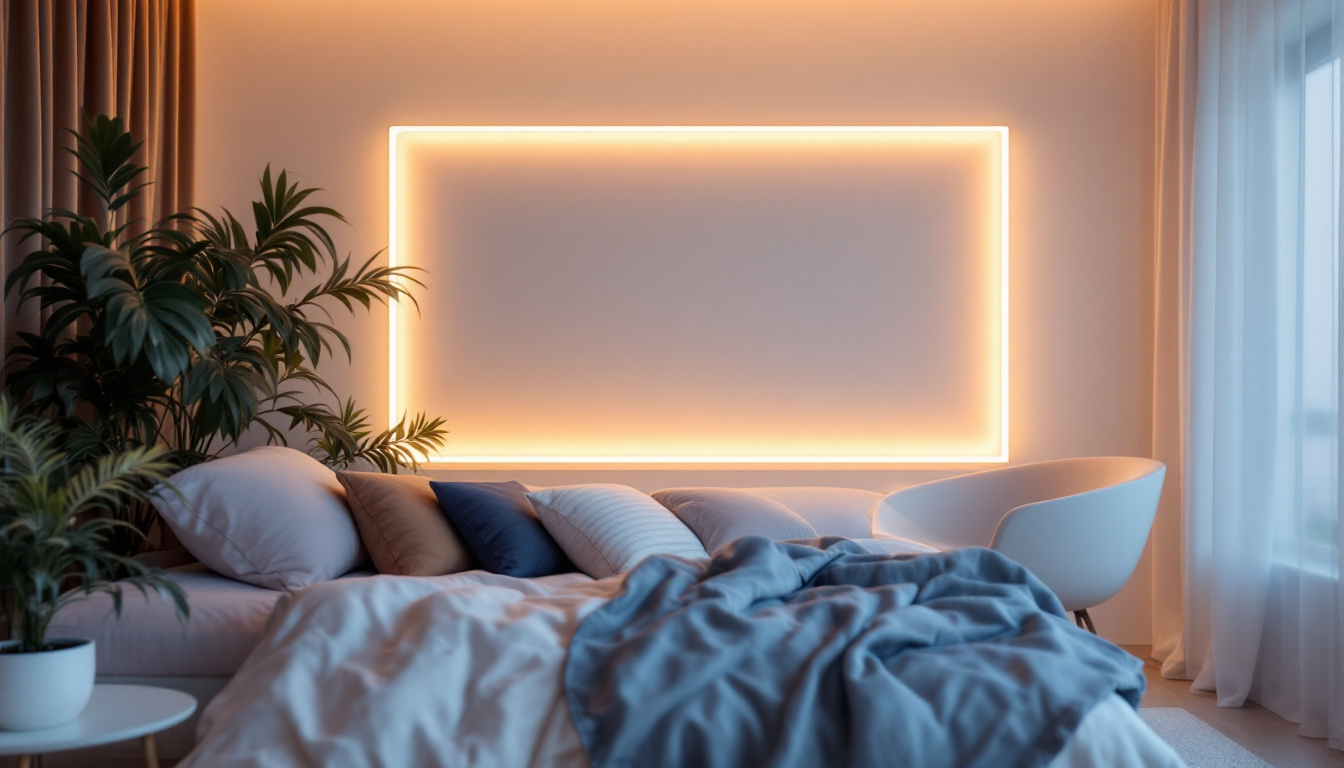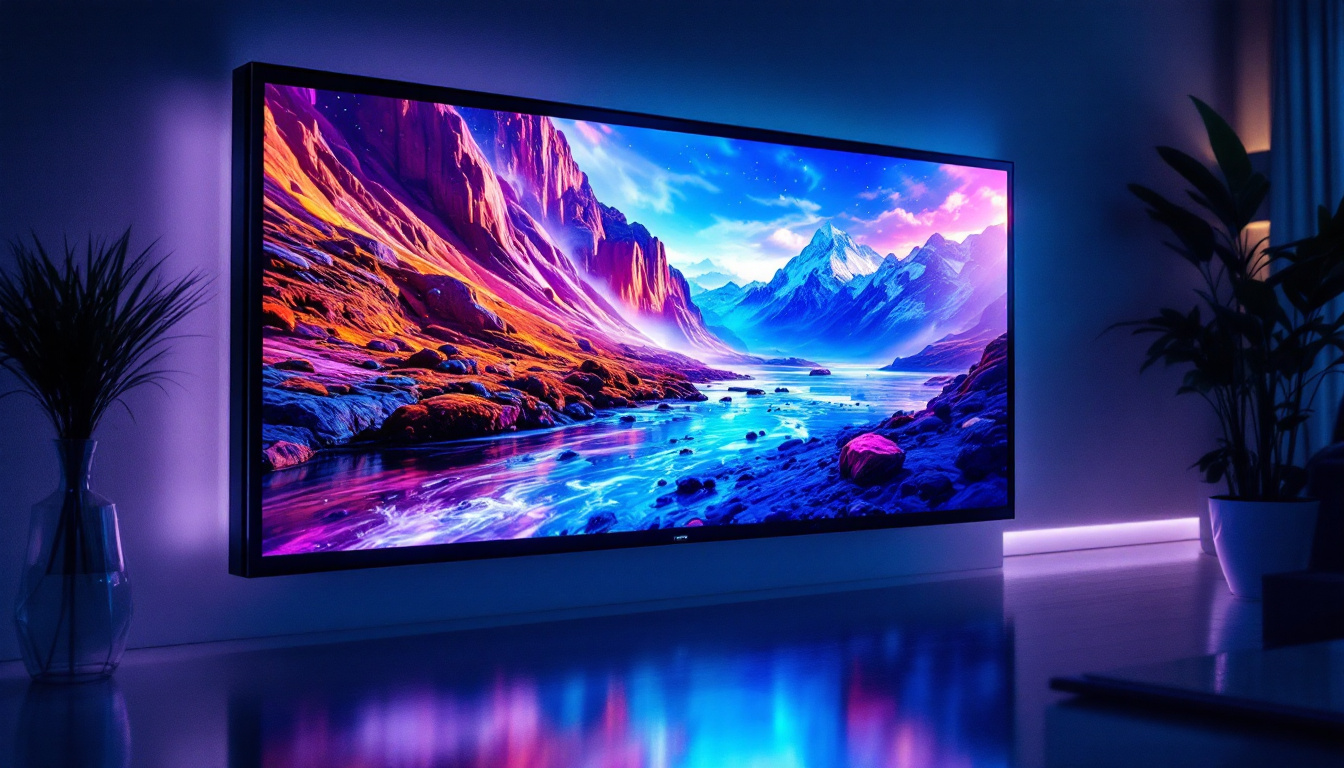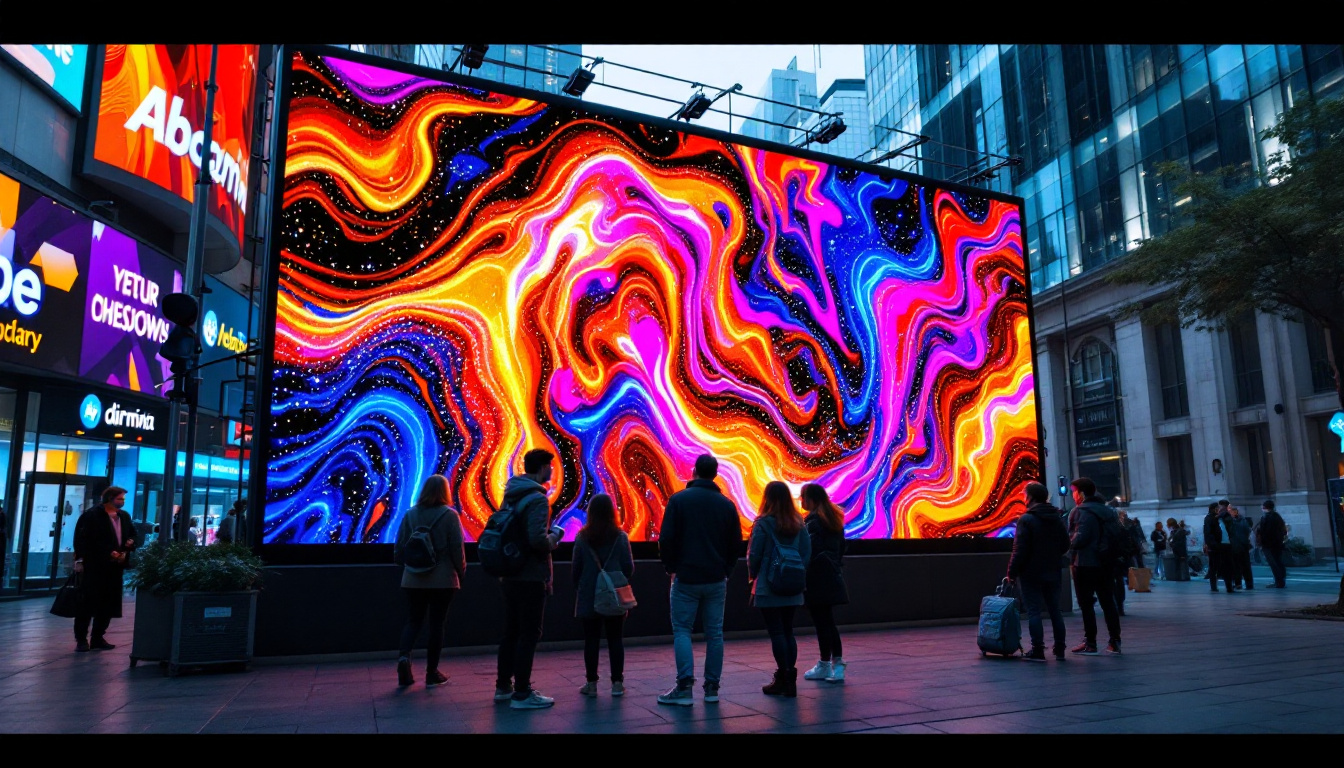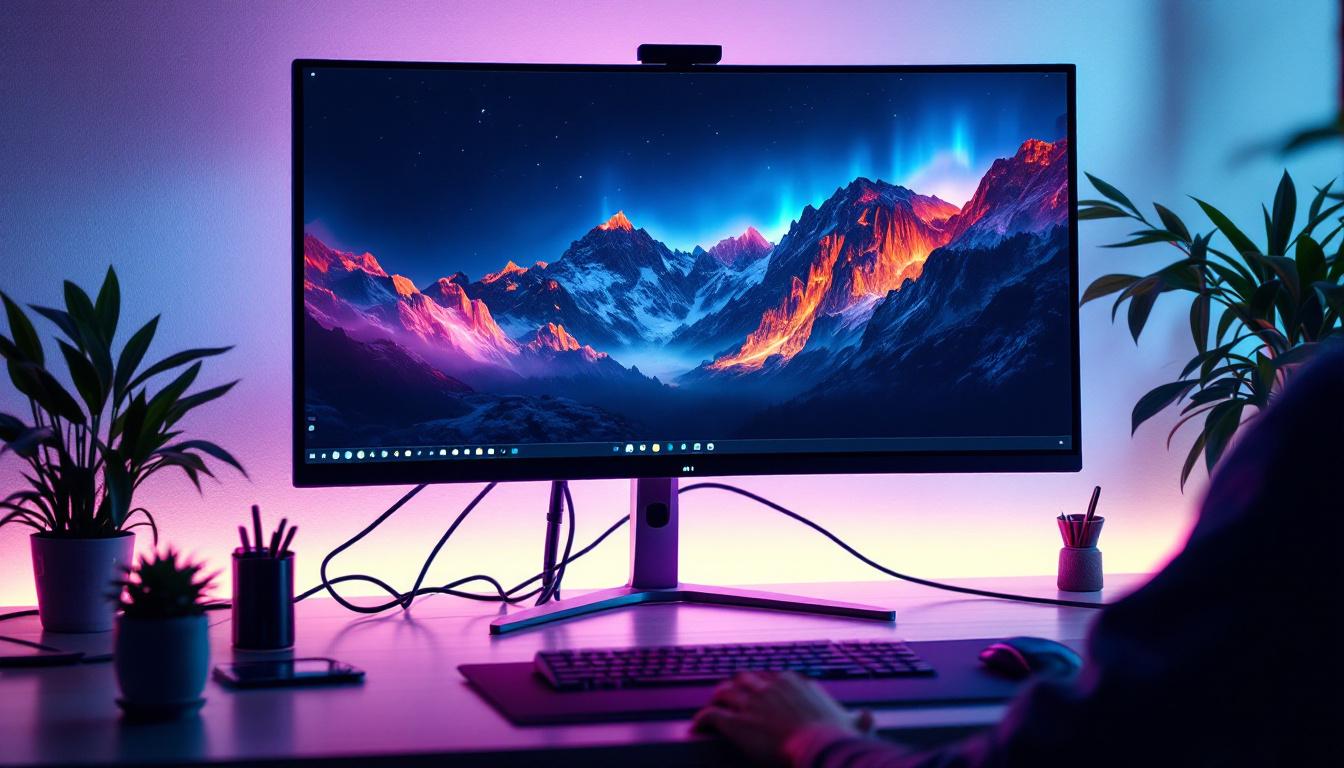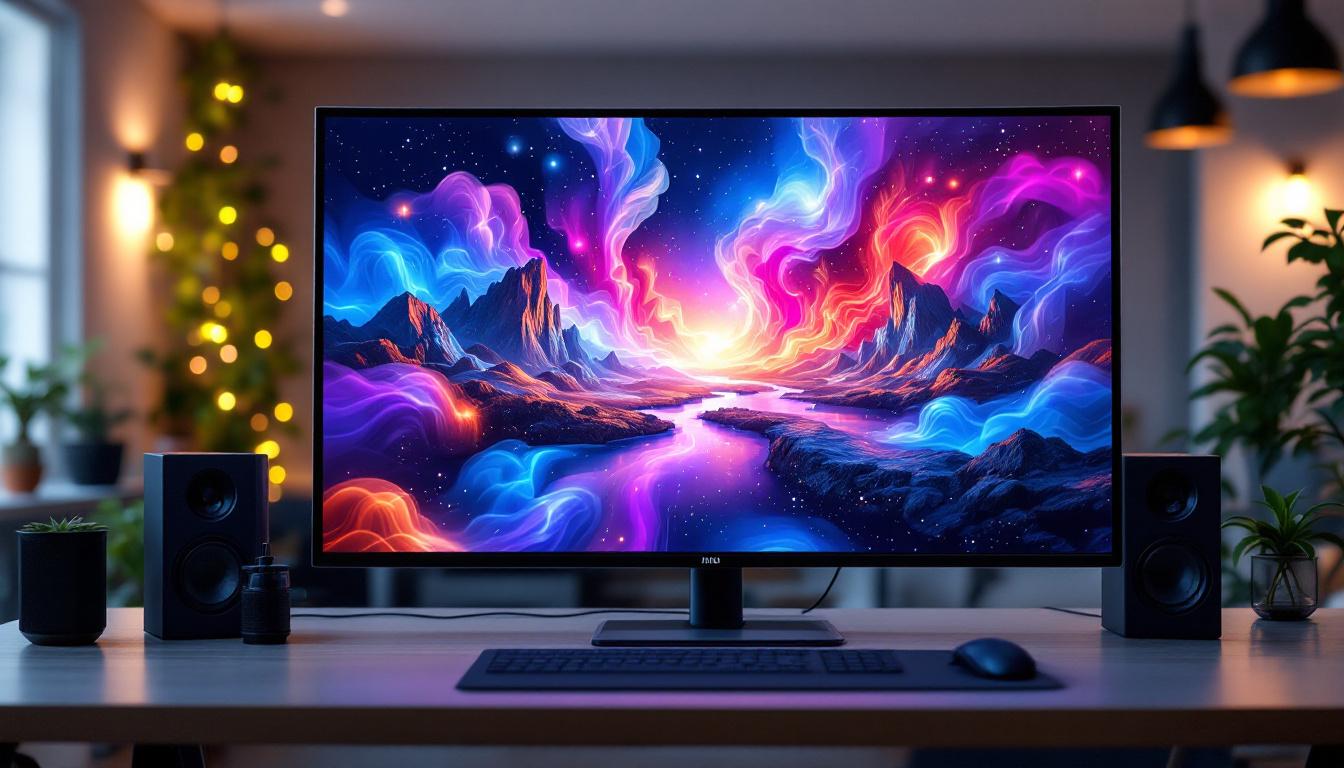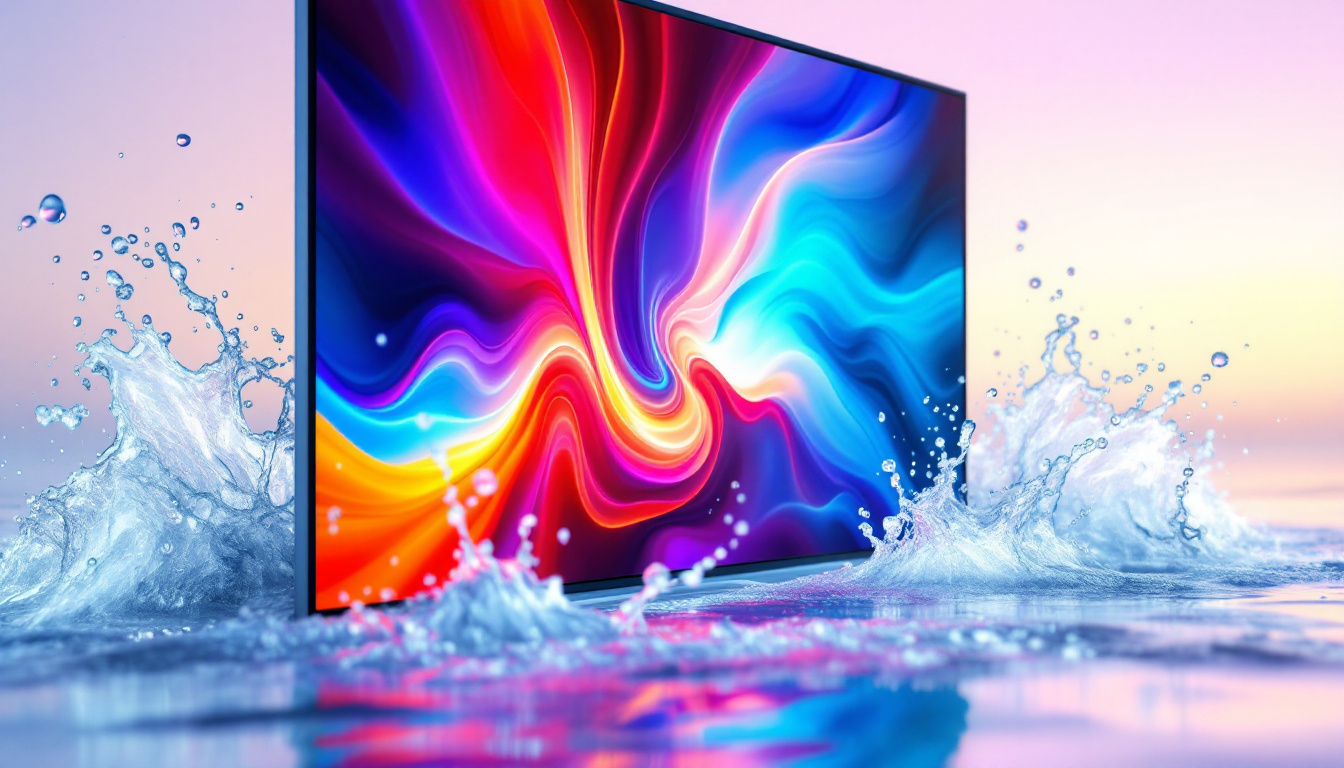In the world of modern architecture and design, LED displays have become increasingly popular for their versatility and visual appeal. Whether used for advertising, information dissemination, or artistic expression, these displays require careful planning and precise calculations to ensure optimal performance. This article delves into the importance of wall panel calculators, the mechanics of LED displays, and how to effectively utilize these tools for successful installation and operation.
Understanding LED Displays
LED displays, or light-emitting diode displays, are digital screens that utilize LED technology to produce images and videos. These displays are characterized by their brightness, energy efficiency, and longevity. They can be found in various settings, from large outdoor billboards to indoor digital signage in shopping malls and conference centers. The versatility of LED displays has made them a popular choice for businesses looking to enhance their visibility and communication strategies.
Types of LED Displays
LED displays come in several types, each suited for different applications. The most common types include:
- Indoor LED Displays: These are designed for use in enclosed spaces, providing high resolution and vibrant colors, making them ideal for presentations, events, and retail environments. Their ability to display detailed graphics and videos makes them a favorite in venues where audience engagement is key.
- Outdoor LED Displays: Built to withstand the elements, outdoor displays are larger and brighter to ensure visibility in direct sunlight. They are often used for advertising and public announcements. With advancements in technology, many outdoor displays now feature enhanced weather resistance and are equipped with sensors to adjust brightness based on ambient light conditions.
- Transparent LED Displays: These innovative displays allow for visibility through the screen, making them perfect for storefronts and exhibitions where maintaining visibility is crucial. They create a futuristic look while still allowing businesses to showcase products behind the display, merging advertising with visual merchandising.
How LED Displays Work
At the core of LED displays are tiny light-emitting diodes that illuminate to create images. Each diode corresponds to a pixel, and the combination of these pixels forms the overall display. The colors produced are a result of mixing red, green, and blue (RGB) light, allowing for a wide spectrum of hues. The display’s resolution is determined by the number of pixels it contains, with higher resolutions providing sharper images. This pixel density is crucial in applications like digital art installations and high-definition video presentations, where clarity is paramount.
LED displays operate through a series of electronic components, including a controller that processes the input signal and adjusts the brightness and color of each pixel. This technology enables dynamic content to be displayed, making LED screens highly effective for engaging audiences. Moreover, many modern LED displays are equipped with smart technology, allowing for remote management and real-time content updates. This capability is particularly beneficial for businesses that need to change advertisements frequently or respond to current events, ensuring that their messaging remains relevant and timely.
Another significant aspect of LED technology is its impact on energy consumption. Compared to traditional display technologies, such as LCD or plasma, LED displays consume significantly less power, making them an environmentally friendly choice. This energy efficiency not only reduces operational costs but also contributes to sustainability efforts, appealing to eco-conscious consumers and businesses alike. As technology continues to evolve, innovations such as organic LEDs (OLEDs) are emerging, promising even greater efficiency and flexibility in display applications.
The Role of Wall Panel Calculators
Wall panel calculators are essential tools for anyone looking to install LED displays. These calculators help determine the number of panels required, their configuration, and the overall cost of the installation. By inputting specific parameters, users can gain insights into the feasibility of their project and make informed decisions.
Key Features of Wall Panel Calculators
Wall panel calculators typically offer several features to assist users:
- Panel Size and Configuration: Users can input the dimensions of their installation space to determine how many panels are needed and how they should be arranged for optimal viewing.
- Resolution Calculation: The calculator can help ascertain the required resolution based on viewing distance and content type, ensuring the display meets the desired quality standards.
- Cost Estimation: By factoring in the price of panels, installation, and additional equipment, users can receive a comprehensive cost estimate for their project.
Benefits of Using a Wall Panel Calculator
Utilizing a wall panel calculator streamlines the planning process. It allows for accurate measurements and projections, minimizing the risk of costly errors during installation. Additionally, these tools can save time by providing instant calculations, enabling users to focus on other aspects of their project.
Moreover, wall panel calculators can enhance creativity by allowing designers to visualize different configurations and layouts before making a commitment. This flexibility can lead to more innovative and effective designs that cater to specific audience needs.
In addition to these advantages, wall panel calculators often come equipped with user-friendly interfaces that make them accessible even to those who may not have extensive technical knowledge. Many calculators provide tutorials or guides to help users navigate the input process, ensuring that everyone, from seasoned professionals to first-time users, can benefit from their functionality. This accessibility democratizes the design process, allowing a broader range of individuals to engage with advanced display technologies.
Furthermore, some advanced wall panel calculators integrate with design software, enabling users to import their project specifications directly. This integration can significantly enhance the workflow, allowing designers to see how their theoretical layouts translate into practical applications. By bridging the gap between conceptual design and real-world implementation, these calculators play a pivotal role in modern display projects, ensuring that creativity and practicality go hand in hand.
Steps to Use a Wall Panel Calculator
Using a wall panel calculator is a straightforward process, typically involving the following steps:
Step 1: Gather Necessary Information
Before using the calculator, it’s essential to have all relevant information at hand. This includes the dimensions of the wall or space where the display will be installed, the desired resolution, and any specific requirements for the project.
Step 2: Input Parameters
Once the necessary information is collected, users can input these parameters into the calculator. This may include:
- Width and height of the installation area
- Desired pixel pitch (the distance between pixels)
- Viewing distance from which the display will be viewed
Step 3: Analyze Results
After inputting the data, the calculator will generate results, including the number of panels needed, potential configurations, and cost estimates. It’s important to review these results carefully, considering factors such as budget constraints and aesthetic preferences.
Factors to Consider When Installing LED Displays
While wall panel calculators provide valuable insights, several factors must be considered when planning an LED display installation. These factors can significantly impact the effectiveness and longevity of the display.
Location and Environment
The location of the LED display plays a crucial role in its performance. For outdoor displays, factors such as sunlight exposure, weather conditions, and ambient light levels must be considered. Indoor displays, on the other hand, may need to account for lighting fixtures and other elements that could affect visibility.
Content and Purpose
Understanding the content that will be displayed is vital. Different types of content, such as videos, images, or text, may require varying resolutions and refresh rates. Additionally, the target audience’s viewing distance should influence the choice of pixel pitch and overall display size.
Installation and Maintenance
Proper installation is key to ensuring the longevity and functionality of an LED display. Engaging professional installers who understand the intricacies of LED technology can prevent common pitfalls. Regular maintenance is also essential to keep the display in optimal condition, including cleaning, software updates, and hardware checks.
Common Mistakes to Avoid
Even with the aid of wall panel calculators, some common mistakes can occur during the planning and installation of LED displays. Being aware of these pitfalls can help ensure a successful project.
Underestimating Size Requirements
One frequent error is underestimating the size of the display needed for the intended viewing distance. A display that is too small may result in poor visibility and engagement. Utilizing the calculator to assess size requirements based on viewing distance can help avoid this issue.
Ignoring Environmental Factors
Failing to consider environmental factors can lead to significant problems, especially for outdoor displays. Weather-resistant features, brightness levels, and heat management should all be factored into the planning process to ensure the display functions correctly in various conditions.
Neglecting Content Strategy
Another common mistake is neglecting to develop a content strategy before installation. Without a clear plan for what will be displayed, the LED screen may not achieve its intended purpose. Engaging with content creators and strategists early in the process can lead to more effective and engaging displays.
Conclusion
LED displays have revolutionized the way information is shared and consumed, offering dynamic and engaging visual experiences. Wall panel calculators are invaluable tools that simplify the planning and installation process, ensuring that displays are tailored to meet specific needs and requirements.
By understanding the mechanics of LED displays, utilizing wall panel calculators effectively, and considering essential factors during installation, businesses and organizations can maximize the impact of their digital signage. Avoiding common mistakes and developing a clear content strategy will further enhance the effectiveness of these powerful tools.
As technology continues to evolve, staying informed about the latest trends and best practices in LED display installation will be crucial for anyone looking to leverage this exciting medium. With the right approach, LED displays can transform spaces and captivate audiences like never before.
Explore Cutting-Edge LED Solutions with LumenMatrix
Ready to elevate your space with the latest in LED display technology? LumenMatrix is at the forefront of innovation, offering a diverse range of LED solutions tailored to your unique needs. From vibrant Indoor and Outdoor LED Wall Displays to dynamic Vehicle and Sports LED Displays, and even customizable options like Floor and Transparent LED Displays, we have everything you need to create an unforgettable visual experience. Embrace the future of visual communication with LumenMatrix and make a lasting impression. Check out LumenMatrix LED Display Solutions today and transform your message into a captivating display.

